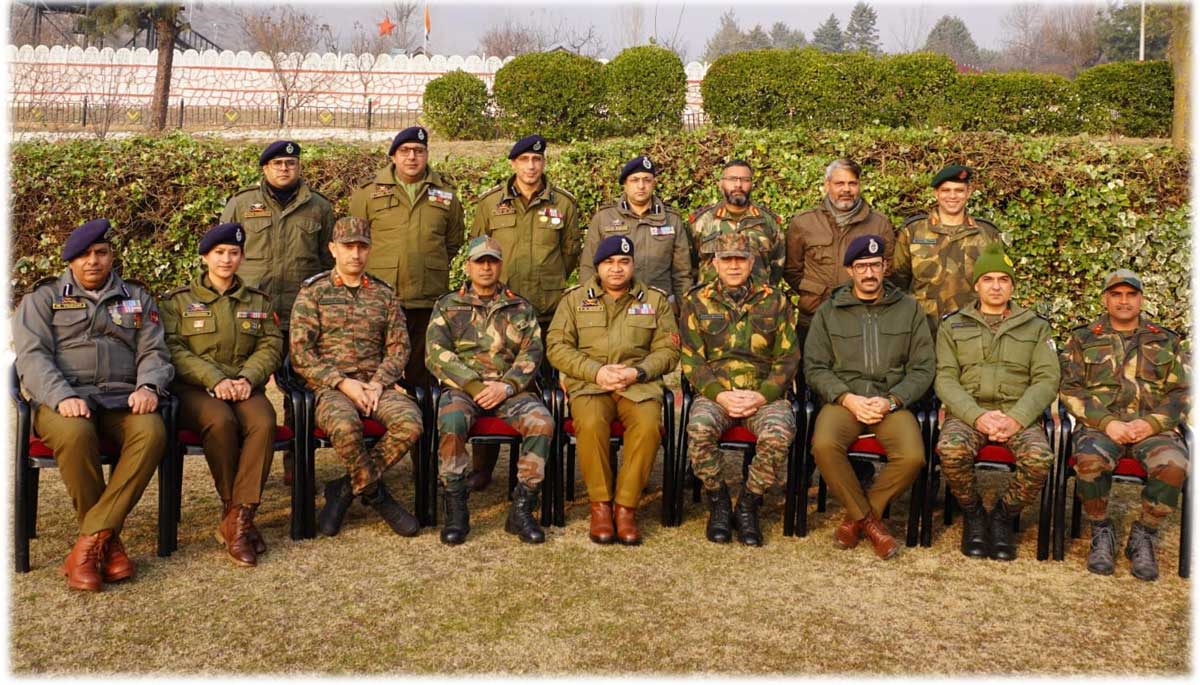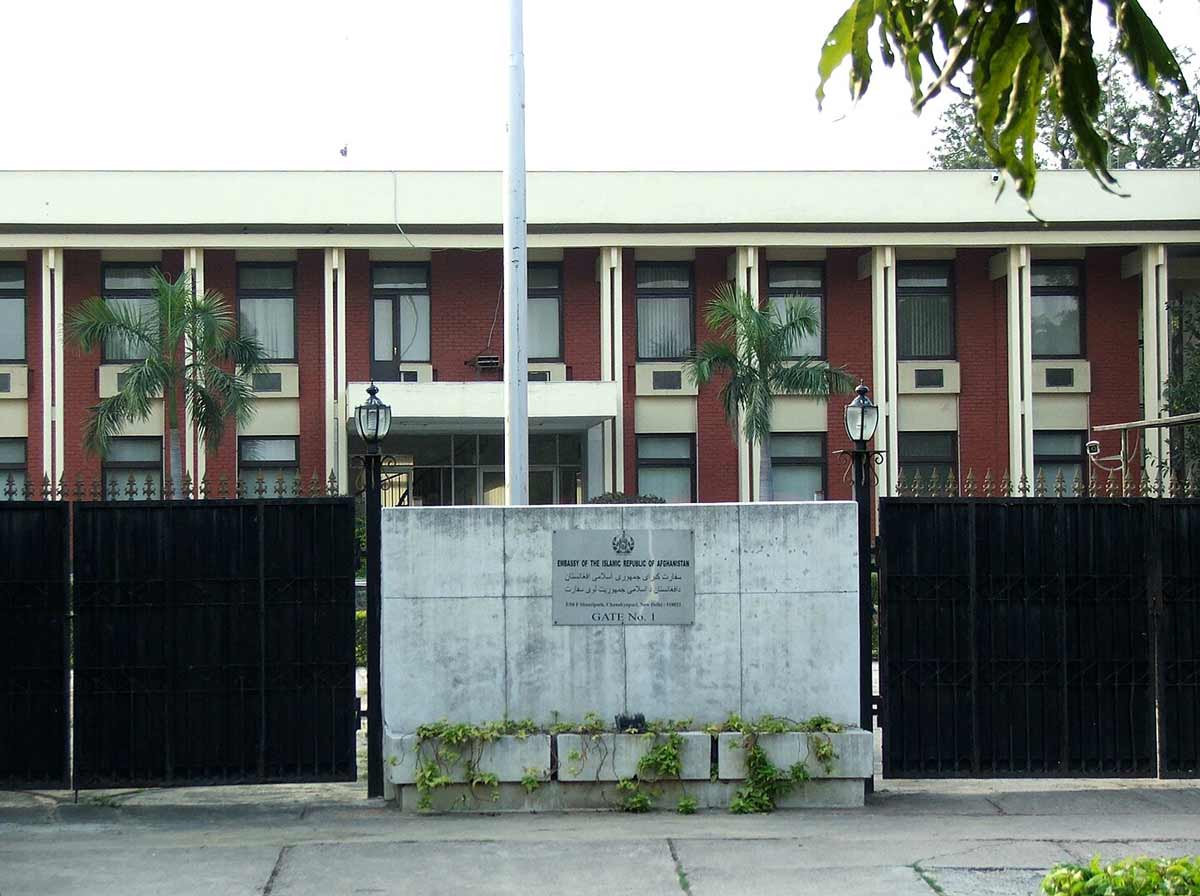
The non-scheduled airlines and charter business operations in India play a significant role in the country’s aviation sector, catering to various market segments such as VIP travel, corporate travel, medical evacuation, leisure, and tourism. However, despite its potential for growth and profitability, this sector faces several challenges that hinder its progress. This report aims to
Regulatory Framework
One of the primary challenges faced by the non-scheduled airlines and charter business operators in India is the complex and restrictive regulatory framework. Operating permits, permissions, and licensing requirements are often overly bureaucratic and time-consuming. This bureaucratic hurdle makes it difficult for businesses to enter the market and operate smoothly, thereby negatively impacting operational efficiency and continued sustenance. Also as a natural consequence, allegations of corruption in the DGCA keep surfacing frequently. Recent accidents in Redbird Aviation and the fallout of it leading to the suspension of a senior DGCA Official are enough a highlight.
Suggestion: Streamlining the regulatory process by simplifying and digitizing the necessary permits and licensing procedures is bound to promote growth and encourage new entrants into the sector. Regular industry consultation can ensure that the regulatory framework remains relevant and adaptable. A lot has already been done by the Government in this regard. The eGCA site opened for the public and stakeholders is indeed a major step in the right direction. With most processes put on ‘Auto’ including but not limited to fee payments, scheduling, applying for permits, licensing of personnel, raising and replying queries, et al has remarkably eased the situation. However this remains a continuous process and elements like monitoring time bound completions etc could add punch to the efforts already put in.
Infrastructure
Another key concern is the inadequate infrastructure to support the non-scheduled airlines and charter operations business in India. Access to dedicated infrastructure such as hangars, maintenance facilities, and appropriate airfields is limited, resulting in increased costs and extended downtime for operators.
Suggestion: Investment in infrastructure development should be prioritized, with the construction of dedicated hangars and maintenance facilities in strategic locations. The government should also encourage even more private sector participation through public-private partnerships to ensure sustainable infrastructure growth. Having realized this, the Airports Authority of India has visibly accelerated development across many of the major airports across India. The multiple hangars coming up and facilities including the opening up of the Terminal 4 as exclusively for General Aviation are efforts in the right direction.
Lack of Awareness
The non-scheduled airlines and charter operations business has been grappling with the challenge of low public awareness and limited understanding of its services. This lack of awareness often hampers the growth potential of the sector as potential customers may not consider charter operations as a viable option. This has thus resulted in limiting utility, concentrated around a small chunk of HNI’s and the ultra elite.
Suggestion: Industry stakeholders, including airlines, industry associations, and the government, should jointly launch awareness campaigns to educate the public about the benefits of non-scheduled airlines and charter operations. Collaborating with tourism boards and travel agencies can help promote charter operations as a convenient and customized travel option.
Skilled Manpower Crunch
The skilled manpower crunch particularly of trained pilots and engineers is significantly impacting non scheduled airlines and air charter business operations in India. Due to the shortage of qualified pilots and engineers, charter operators face challenges in scaling their operations and meeting customer demand. This shortage leads to increased operational costs, extended downtime for aircraft maintenance, and delays in service, ultimately affecting the overall efficiency and profitability of charter operations. Additionally, the competition amongst operators to retain skilled manpower further escalates the operational costs for charter operators.
Another typicality that ails this sector is the fact that 80% of charter operations utilize smaller aircraft with capacities ranging from 2 to 20 passenger loads that categorically forms the bulk of General Aviation. Most CPL holders graduating with 200 flying hours with multiple engine rating, prefer seeking employment with scheduled airlines that have capacities to absorb. Thus there continues a perennial shortfall of Pilots in the general aviation. Same is the state of Engineers whose first choice always remain to work on bigger aircraft operated by most Scheduled carriers.
Suggestion: Addressing this shortage and investing in training programs for pilots and engineers is essential to ensure the growth and sustainability of the charter operation business in India. Simultaneously NSOP holders need to make the salary packages of Pilots and Engineers more lucrative, so as to retain talent and possibly avoid migration to scheduled carriers operating comparatively bigger aircraft.
Cost Factors
The non-scheduled airlines and charter operations business in India faces significant cost challenges. High fuel prices, taxation, and operating costs including airport charges, crew stays at outstations, insurance costs et al make it challenging for operators to offer competitive prices to customers.
A typical example of cost escalations could well be seen in the sky rocketing of Insurance premiums over the past few months. Though this could be attributed to the series of recent accidents / incidents like those at the Redbird Flying Academy, but the fact remains that the companies have now to cater to paying a 3 to 4 fold increase in premiums.
Suggestion: The government should consider addressing these cost challenges by implementing policies to reduce fuel taxes, subsidizing infrastructure costs, and exploring ways to reduce airport and other charges. Such measures will contribute to lowering operational expenses and encourage growth in the sector.
Safety and Security
Safety is paramount in aviation, and the non-scheduled airlines and charter operations business is no exception. Maintaining a high level of safety and security standards is crucial to instilling confidence in customers and industry stakeholders.
Suggestion: Specialized training programs should be implemented to ensure pilots, crew members, and ground staff receive regular training and maintain high safety standards. The government should further strengthen regulatory oversight to ensure adherence to safety protocols and encourage a culture of safety within the non-scheduled airlines and charter operations sector.
Conclusion
The non-scheduled airlines and charter operations business in India holds immense potential for growth, employment generation and profitability. However, certain challenges act as roadblocks to its progress. By addressing the regulatory framework, improving infrastructure, creating awareness, reducing cost factors, enhancing manpower skills and focusing on safety and security, India can unlock the full potential of this sector. A collaborative effort between industry stakeholders, the government, and regulators is necessary to overcome these challenges and create a conducive environment for growth and development in the non-scheduled airlines and charter operations business in India.
Also Read:
- What Ails Non-Scheduled Airlines & Charter Business Operations In India
- The NFU Googly
- Paralysis In Ladakh
- Acquiescing To Taliban – Realpolitik!
- African Govts Should Ban Outsourcing Biological Research Activities
- Indian Film Producers Seek Coproduction With Russia
The post What Ails Non-Scheduled Airlines & Charter Business Operations In India appeared first on N4M (News4masses).
from
https://news4masses.com/non-scheduled-airlines-charter-businesses-operations-india/







No comments:
Post a Comment